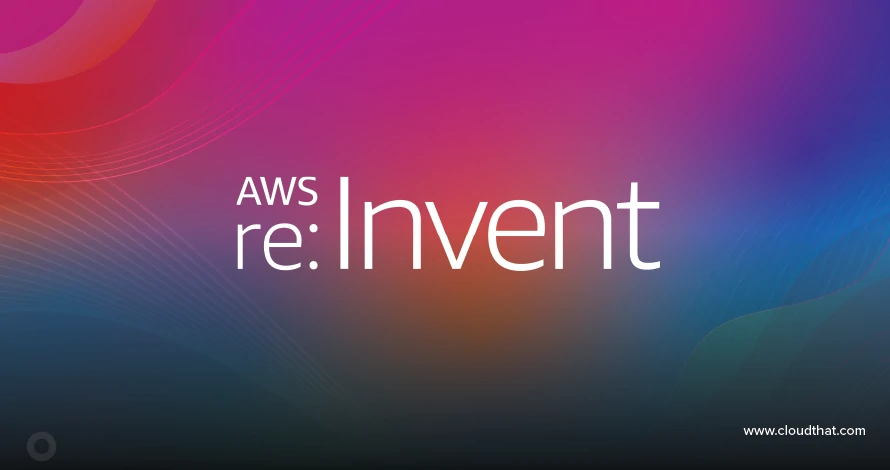|
Voiced by Amazon Polly |
Overview
In the ever-evolving landscape of DevOps and infrastructure management, GitOps has emerged as a powerful paradigm that streamlines the way we deploy, manage, and update infrastructure.
In this blog, we will explore the essential ideas and useful techniques for utilizing GitOps for effective infrastructure management. Take charge of your infrastructure now.
Pioneers in Cloud Consulting & Migration Services
- Reduced infrastructural costs
- Accelerated application deployment
Introduction
The success of any firm depends on its ability to manage infrastructure effectively in today’s fast-paced digital environment. Infrastructure management techniques used in the past can be laborious, error-prone, and time-consuming. However, GitOps, a ground-breaking strategy, is gaining popularity in the DevOps community.
To provide automation, traceability, and stability to infrastructure management, GitOps combines the strength of version control systems like Git with the idea of infrastructure as code (IaC). In this blog article, we’ll delve further into the world of GitOps and examine how it changes how we manage infrastructure, streamline processes, and ensure your systems run without a hitch.
The Evolution of Infrastructure Management
- Traditional Challenges – In the past, manual infrastructure management had difficulties tracking changes and maintaining consistency across environments, which led to operational inaccuracies and mistakes.
- The Need for Change – Organizations wanted effective and automated infrastructure management as the digital landscape changed to suit the needs of quick development and deployment.
- Introduction to GitOps – To improve predictability and manageability, GitOps evolved as a solution, leveraging Git as the single source of truth for infrastructure configurations.
GitOps Core Concepts
- Git as the Single Source of Truth – GitOps uses Git repositories to keep track of all infrastructure modifications, ensuring auditability, consistency, and transparency.
- Infrastructure as Code (IaC) – Infrastructure definitions can be easily managed and versioned since IaC treats infrastructure configurations as code.
- Continuous Delivery and Continuous Deployment (CI/CD) – When updates are pushed to Git repositories, GitOps automates deployments, resulting in quicker, more reliable deployments.
GitOps Workflow
- Repositories and Branches – GitOps involves multiple Git repositories and branches, enabling separate work environments and versions of infrastructure code.
- Pull Requests and Merges – Changes undergo collaboration and code review through pull requests before merging into branches, triggering automated infrastructure synchronization.
- Automated Synchronization – GitOps automates infrastructure synchronization, monitoring Git repositories for changes and applying configurations to maintain the desired state.
GitOps Real-World Use Cases
- Kubernetes Cluster Management – GitOps excels in managing Kubernetes clusters and maintaining configurations in version-controlled YAML files.
- Cloud Infrastructure Provisioning – GitOps extends to provisioning cloud resources, offering agility and reproducibility for deployments on platforms like AWS, Azure, and Google Cloud.
- Configuration Management – Configuration files are treated as code and stored in Git repositories, ensuring versioning and compliance with desired settings.
Best Practices for GitOps
- Versioning Infrastructure Changes – Maintain a clear version history of infrastructure code for easy rollbacks and change tracking.
- Monitoring and Alerts – Implement robust monitoring and alerting systems to detect and address infrastructure issues promptly.
- Collaboration and Code Review – Encourage collaboration within your team by using pull requests and code reviews to ensure changes are thoroughly tested and approved.
Atlantis
An open-source application called Atlantis is intended to simplify Infrastructure as Code (IaC) operations, especially for Terraform users. It effortlessly connects with version control systems, automates infrastructure modifications, upholds regulations, and supports group code reviews within pull requests. Atlantis allows teams to effectively manage and version their infrastructure code, which lowers manual errors and boosts the overall security and stability of the infrastructure.
Steps to Implement Atlantis for Terraform pull request Automation
- Requirements
- Ensure your Linux Server is up and running.
- Verify the presence of either wget or curl and unzip tools on your Server.
- Ensure you have the necessary permissions, either through sudo or root access, to execute privileged commands on your Server.
- Update the server
|
1 |
apt update |
3. Install the ngnork
|
1 |
snap install ngrok |
4. Get the Atlantis
|
1 |
wget -q https://github.com/runatlantis/atlantis/releases/download/v0.19.2/atlantis_linux_amd64.zip |
5. Unzip the file
|
1 |
unzip atlantis_linux_amd64.zip |
6. Copy to binary directory
|
1 |
cp atlantis /usr/bin/ |
7. Confirm by checking the Atlantis version
|
1 |
atlantis version |
![]()
8. Start the atlantis
|
1 |
atlantis testdrive |
This asks for the Github’s user name, and the access token update, and the repository is ready for infra synchronizing.


10. Check for the PR

Conclusion
GitOps offers efficiency, dependability, and scalability, and it marks a paradigm shift in infrastructure management. Organizations may streamline operations, align with contemporary CI/CD techniques, and achieve faster and more reliable application deployments by implementing GitOps and treating infrastructure as code.
Drop a query if you have any questions regarding GitOps and we will get back to you quickly.
Making IT Networks Enterprise-ready – Cloud Management Services
- Accelerated cloud migration
- End-to-end view of the cloud environment
About CloudThat
CloudThat is an award-winning company and the first in India to offer cloud training and consulting services worldwide. As a Microsoft Solutions Partner, AWS Advanced Tier Training Partner, and Google Cloud Platform Partner, CloudThat has empowered over 850,000 professionals through 600+ cloud certifications winning global recognition for its training excellence including 20 MCT Trainers in Microsoft’s Global Top 100 and an impressive 12 awards in the last 8 years. CloudThat specializes in Cloud Migration, Data Platforms, DevOps, IoT, and cutting-edge technologies like Gen AI & AI/ML. It has delivered over 500 consulting projects for 250+ organizations in 30+ countries as it continues to empower professionals and enterprises to thrive in the digital-first world.

WRITTEN BY Deepak S
Deepak S is a Senior Research Associate at CloudThat, specializing in AWS services. He is passionate about exploring new technologies in cloud and is also an automobile enthusiast.


 Login
Login


 September 18, 2023
September 18, 2023 PREV
PREV










Comments